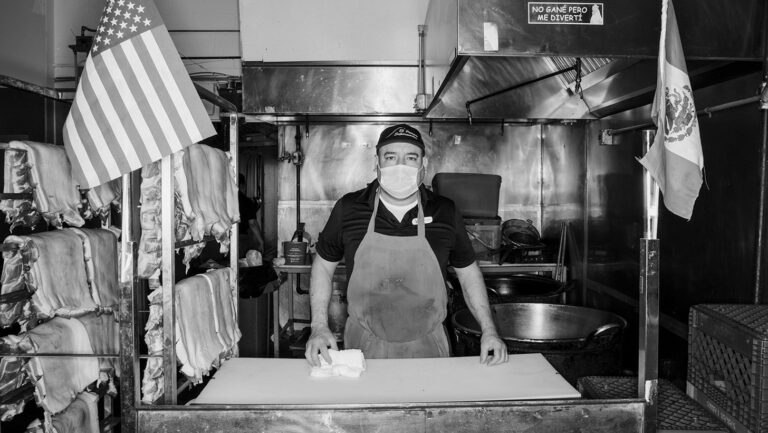What humbly started with only two shows back in 1987 has pulsated into seven star-studded performances and at least 30 workshops at this year’s 27th Annual Heritage Hotels & Resorts Festival Flamenco Internacional de Albuquerque. The event will be held June 8 through 14 at UNM’s Rodey Theatre and the National Hispanic Cultural Center. But what makes it even more special is that it came dangerously close to not happening at all.Last Dec. 18, a raging fire destroyed the National Institute of Flamenco’s beloved Downtown home. It’s where students and teachers had lived, breathed and danced for 15 years. In the wake of that blaze, they temporarily split their time between space at the University of New Mexico and the institute’s partner charter school, Tierra Adentro, while searching for new digs.However, it’s time well spent as they study, emulate and celebrate a form of folk music and dance that originated with Andalusian Gypsies in southern Spain.Flamenco is considered to be a mix of several cultures, including Andalusian, Arabic, Islamic and Gypsy. The first flamenco cante jondo (deep song) was a passionate cry by the poor and marginalized peasants of Andalusia. Each performance carried a message, and until it was permitted legally, flamenco was a private ritual hidden from view.Over the years, however, flamenco has gained worldwide popularity. For example, there are now more flamenco academies in Japan than there are in Spain. And in 2010, UNESCO added flamenco to its renowned List of the Intangible Cultural Heritage of Humanity.National Institute of Flamenco founder and executive director Eva Encinias Sandoval calls this year’s festival “a spectacular event” with international headliners that include Farruquito, La Lupi, Eva Yerbabuena and Alfonso Losa, all from Spain. Tickets range from $20 to $75 per show.“We work together to create these very beautiful programs that I believe have been a tremendous resource for our community,” Sandoval says. “One of the unique characteristics of flamenco is the unspoken dialogue that is going on between the musicians and the dancers … The musical form is very intricate and sophisticated and spontaneous. [It] requires a tremendous sensitivity.”Sandoval says flamenco has universal appeal because it’s something everyone can relate to—even though it often evokes some emotions that are hard to describe.“[The artists] are expressing life conditions whether it be sorrow or gladness or fear or anger,” she says. “[The audience] may not exactly understand what the singer is singing about or why the dancer is pounding their feet into the floor or throwing themselves across the stage in a passionate sequence of movement … but they feel it … and their soul can understand it in a way their mind can’t.”Festival Flamenco also includes a history conference on June 8 and 9 that’s free and open to the public. The New Perspectives in Flamenco History & Research Symposium will offer “a comprehensive gathering of eight theorists, practitioners, artists, patrons and members of the public, each providing a unique opportunity to discuss various aspects of the art form of flamenco, including its history in New Mexico and abroad.”Visit festivalflamen.co for the complete schedule and locations.
27th Annual Heritage Hotels & Resorts
Festival Flamenco Internacional de Albuquerque
Sunday, June 8, through Saturday, June 14Various locations; see festivalflamen.co or email festival@nifnm.org for more info.Tickets: $20-$75New Perspectives in Flamenco: History & Research Symposium Sunday and Monday, June 8 and 9, 10am to 3pmUNM Carlisle GymFREE










